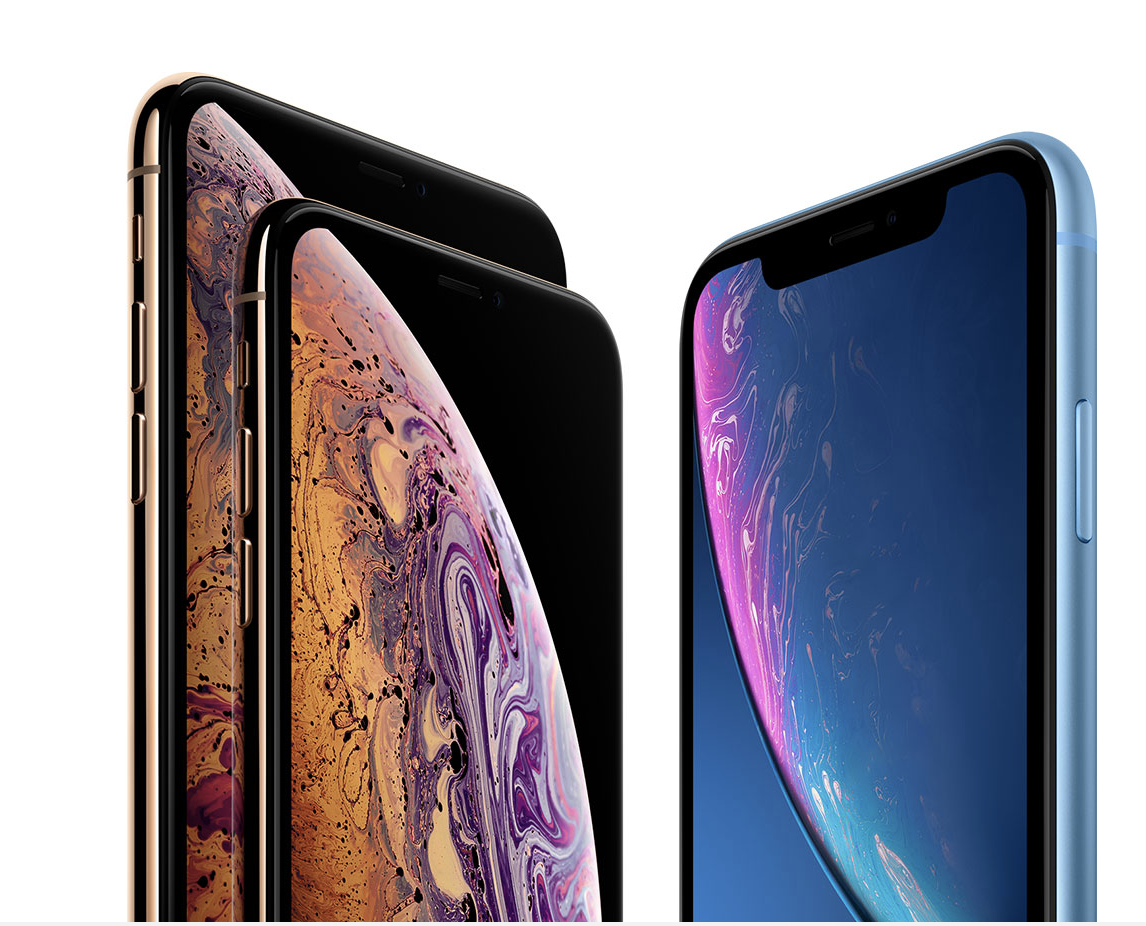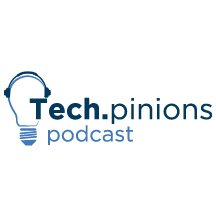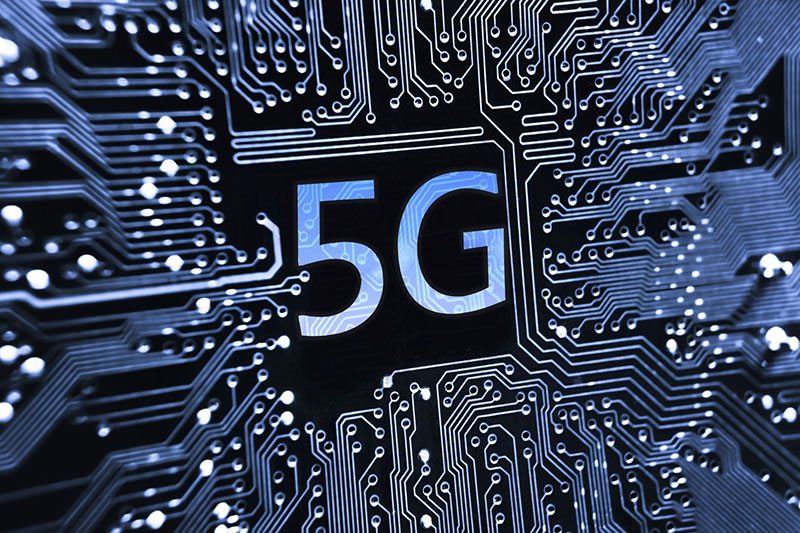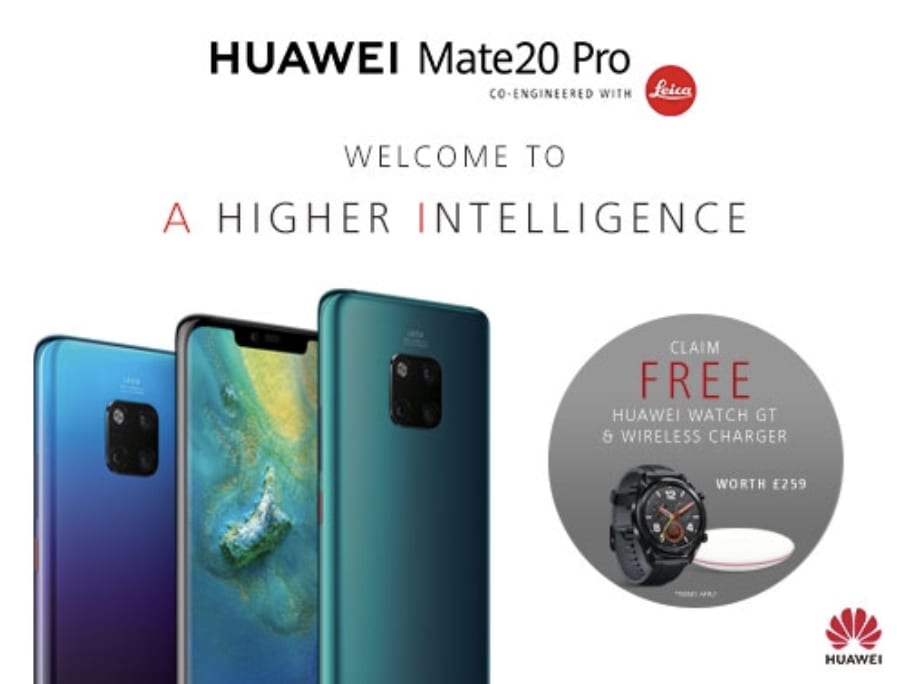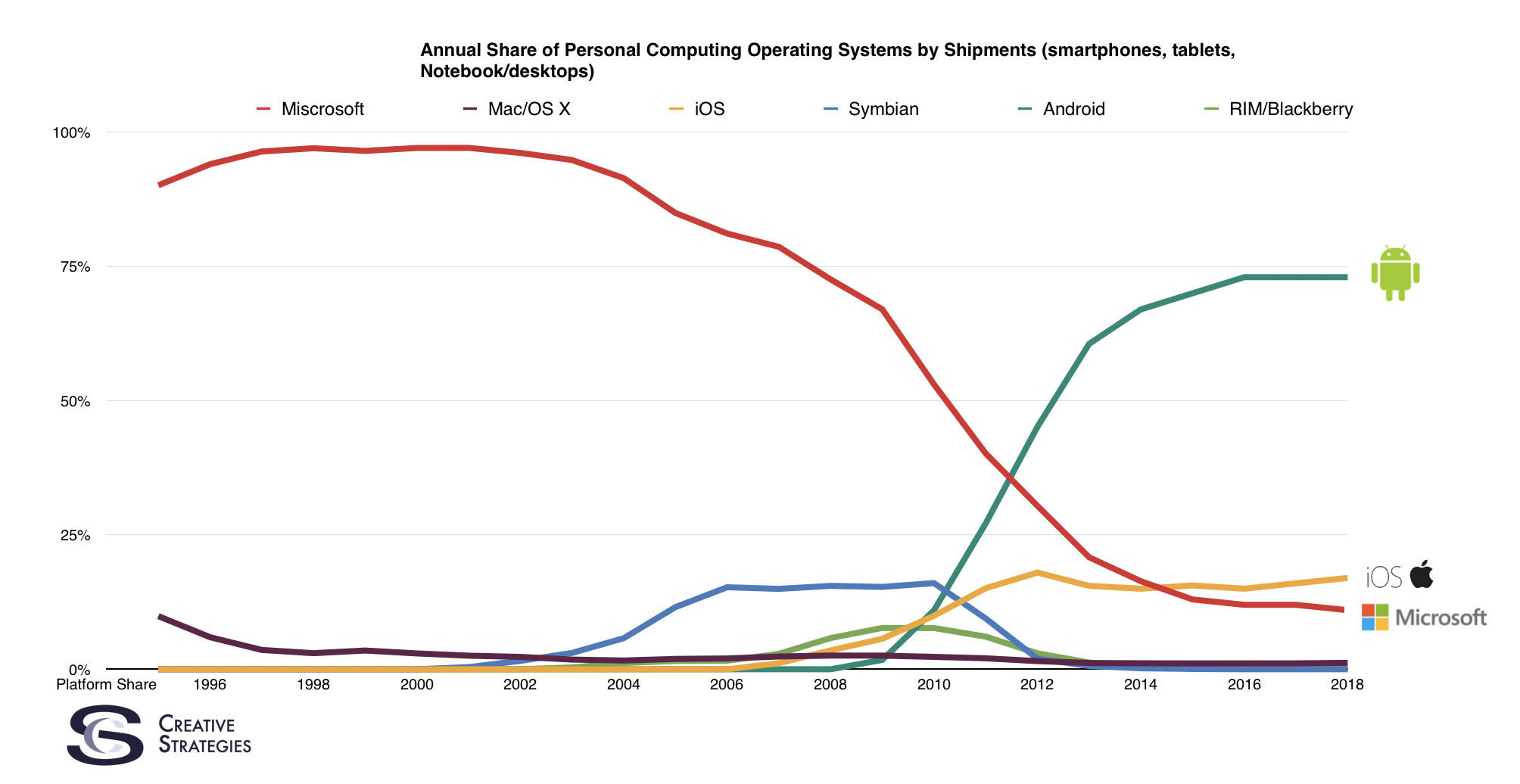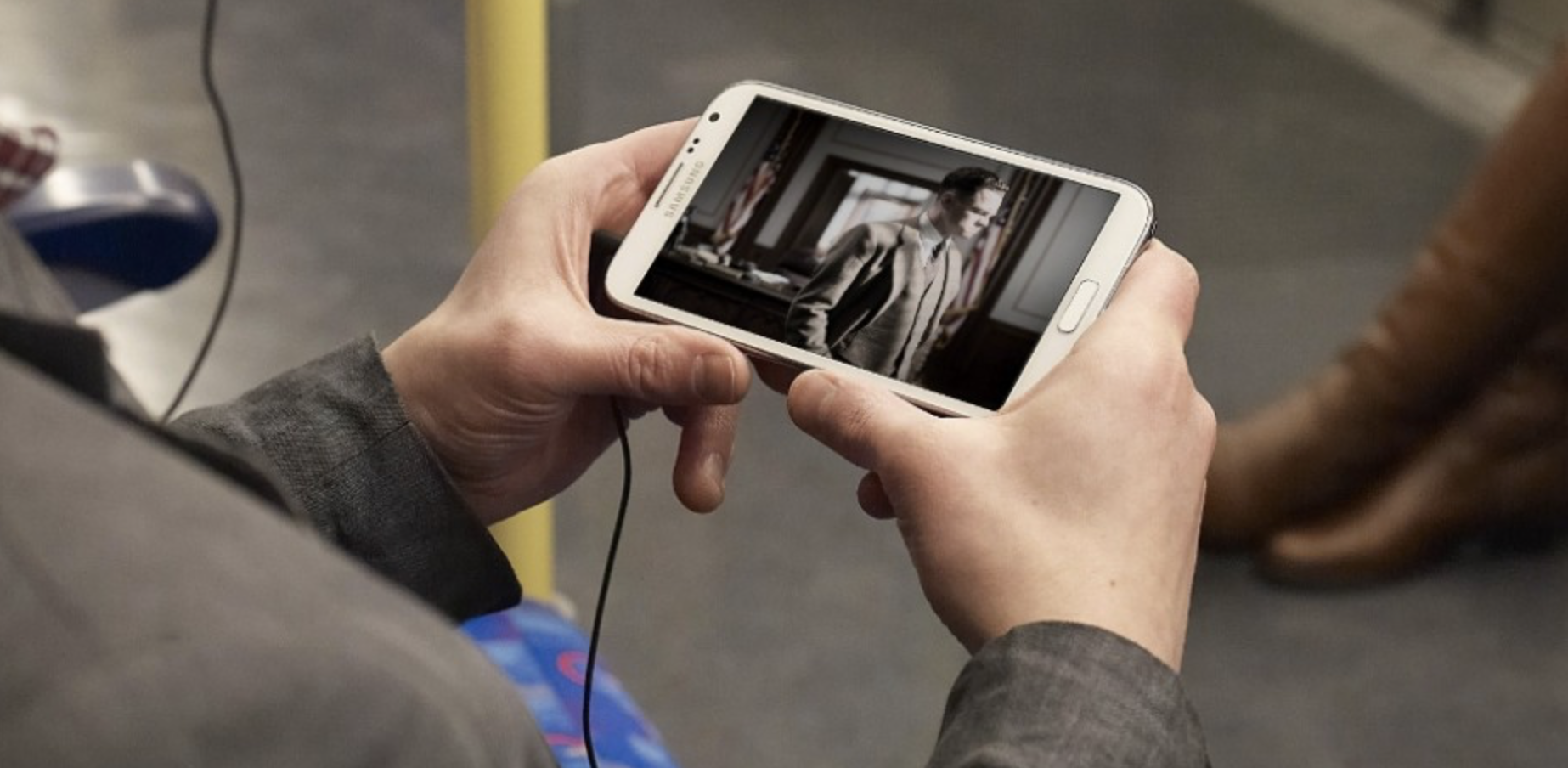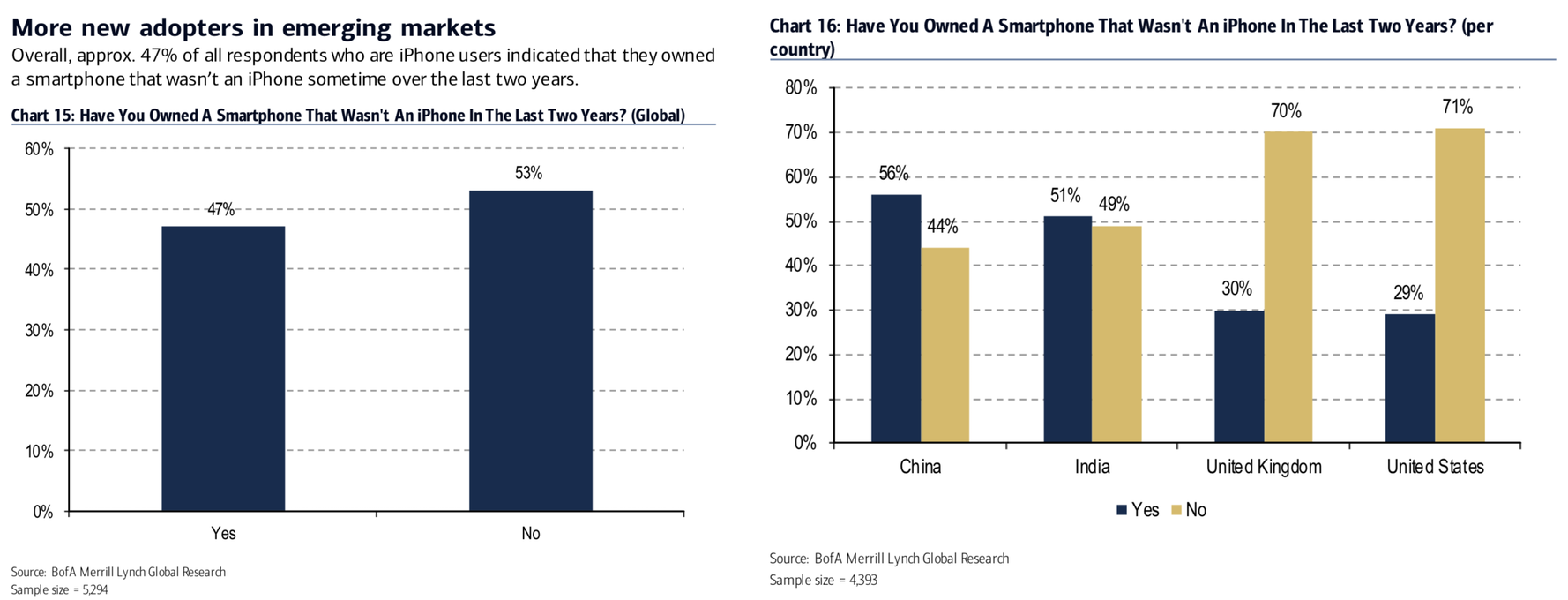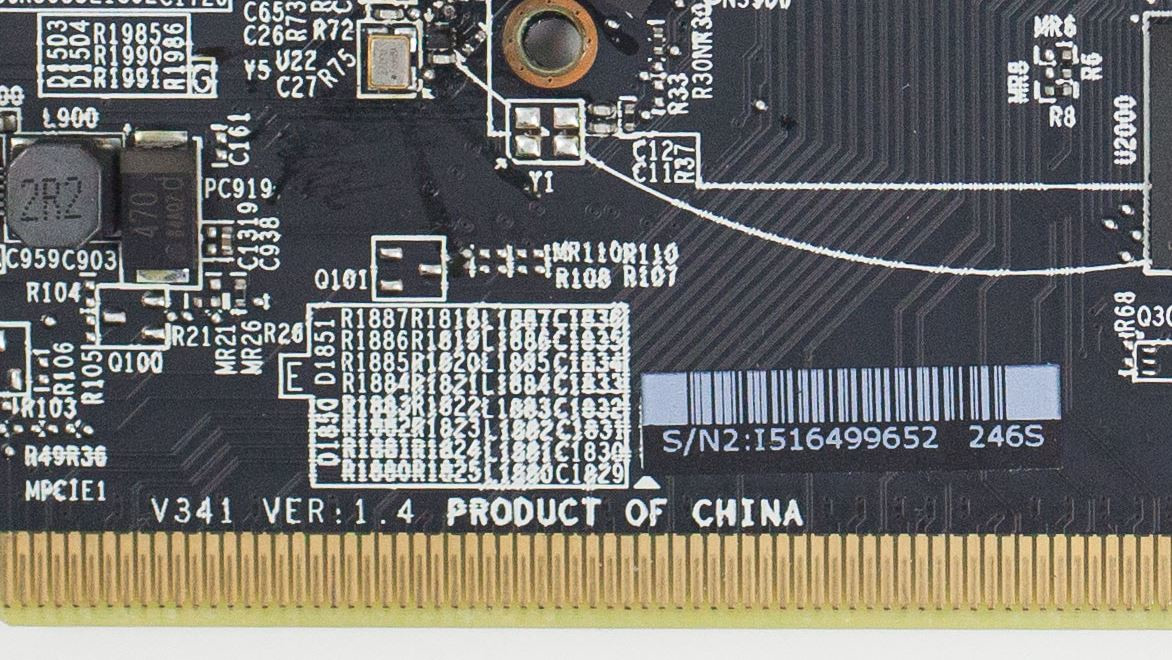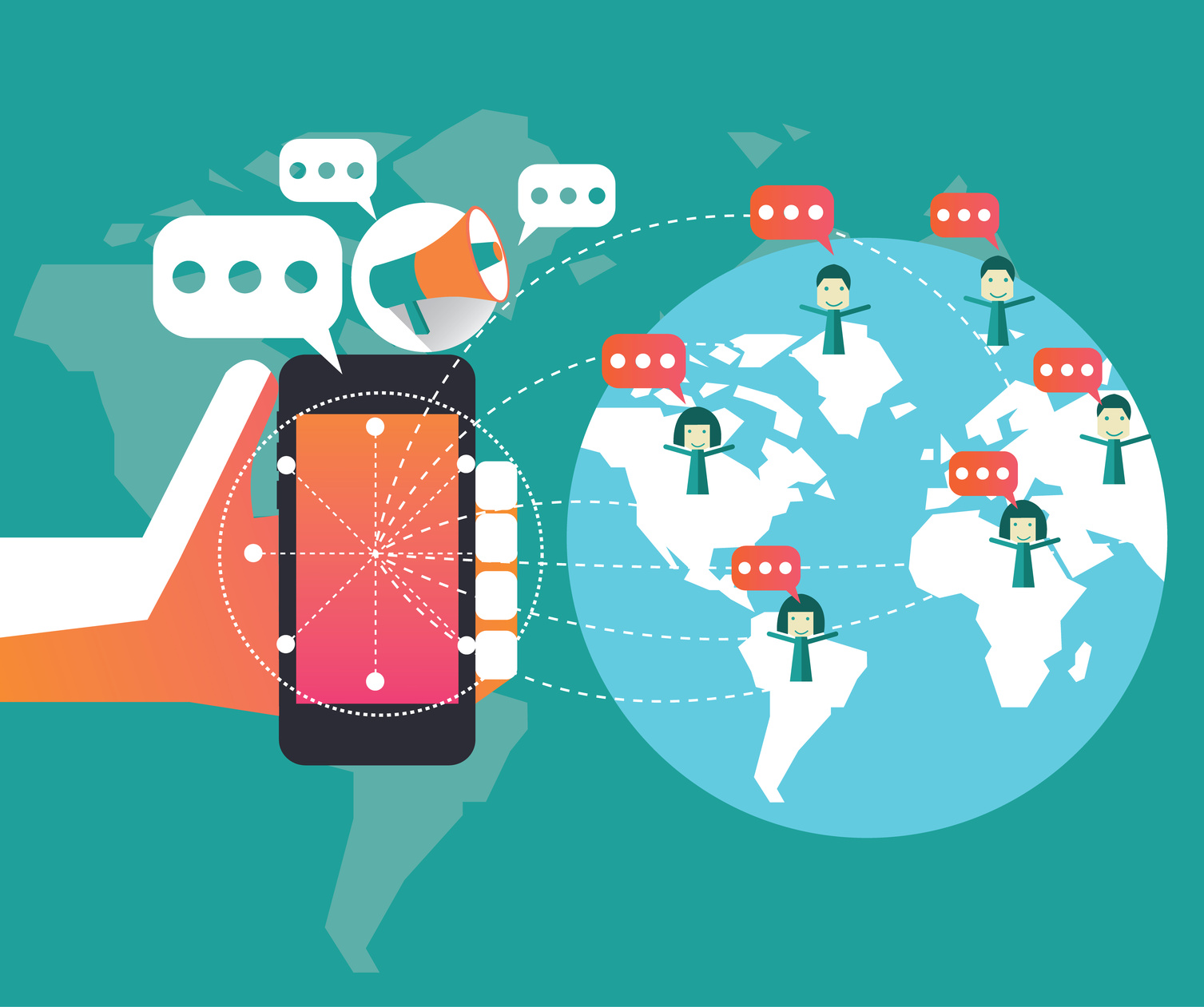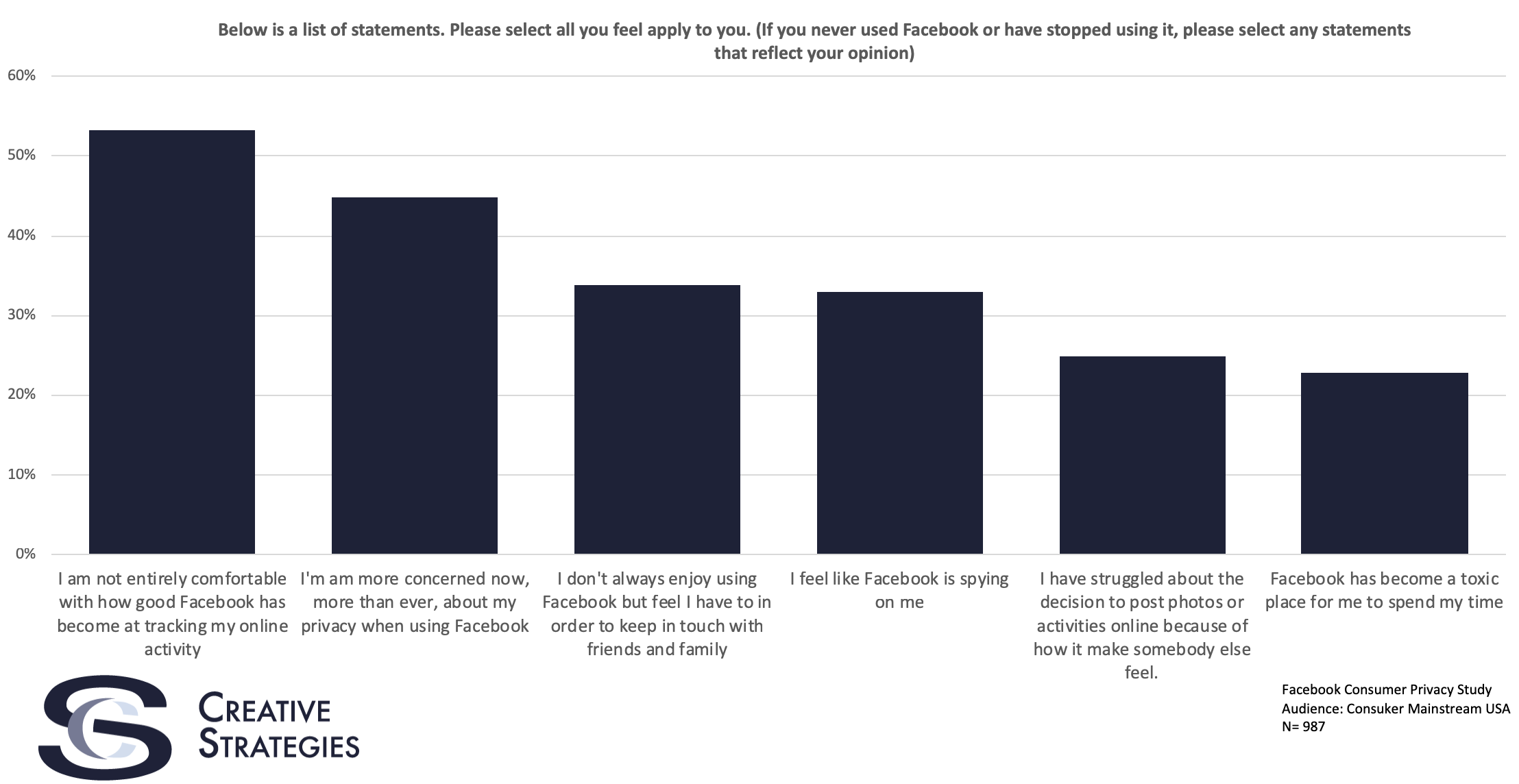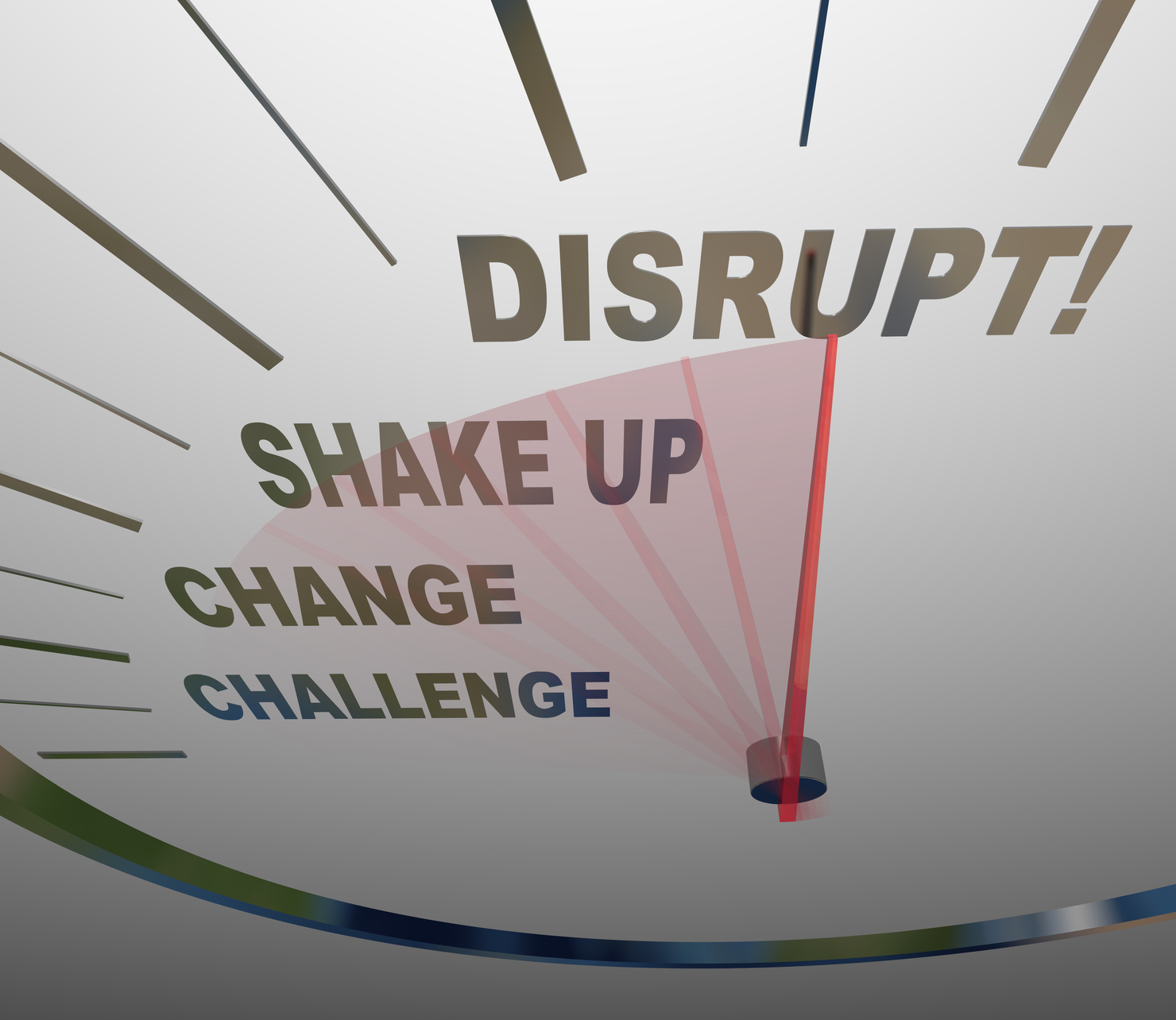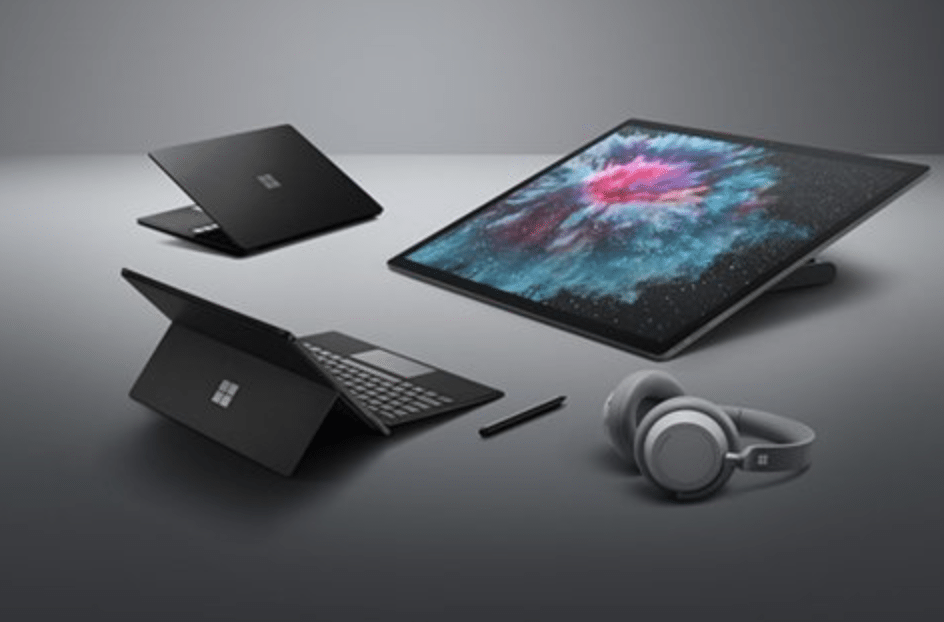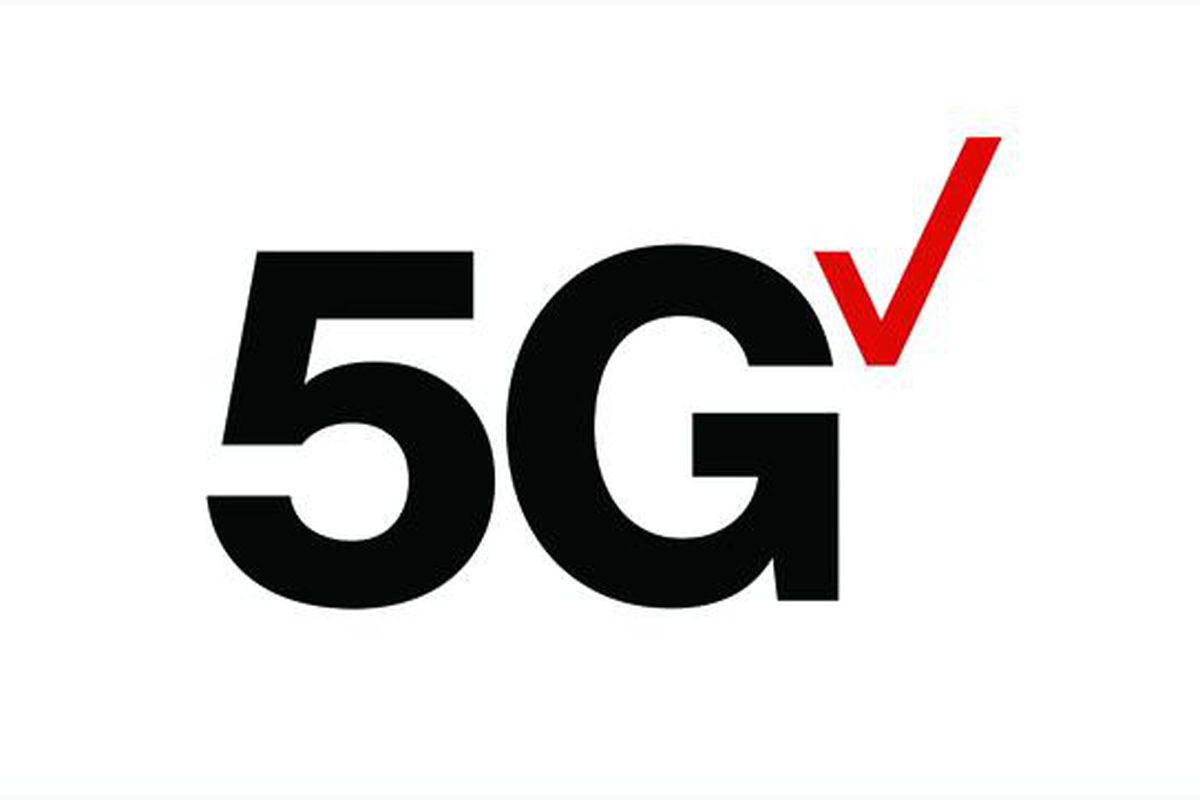It’s been discussed before that a car industry parallel to generations of designs is the best way to think about Apple’s iPhone design strategy. In case you haven’t connected these parallels before, you notice that car companies change the designs of their car models very often. Apple appears to be on a four-year schedule with hardware design language for iPhone. The design of the 4,4s,5,5s started the trend. Then came 6,6s,7s, 8 lines all following the same design language. Both these design shifts lasted four years. Which makes looking at the current collection through that lens quite interesting.
I sense a slight evolution is on the horizon with Apple’s design language strategy. The current iPhone Xs Max, Xs, and Xr are the begging of a clear premium line and an affordable line with some similar but also distinct design language between them. Again, not uncommon from how car companies have done it for years. The car analogy seems apt because it is something consumer understand and have used during the car shopping process. All of this context to say with Apple’s latest iPhone collection we are looking at the design language for the next 3-4 years, with perhaps some variation in colors and metals, but overall the hardware design is set.
The distinction between the Xs design and the Xr design will be an interesting one to watch evolve. The role the Xr plays in this lineup strategy is an intriguing one because the distinction is mostly visual. It’s fascinating the screen size of the iPhone Xr is in many cases more attractive than the Xs screen to most consumers. Bigger screens are the trend and the preferred choice of an increasing number of consumers. On paper, the Xr feels like it is the mass market iPhone (entry level) and it will be interesting to see if that is the case as we track the mix of sales over the next year.
The Four Year Cycle
There is another interesting observation, uncovered by some recent data I came across. Looking over the past eight years, it appears four years is the magic number it takes for Apple’s installed base to shift to the latest collection. This is notable since as Apple moves their base to the latest technology platform regarding camera/imaging technology, CPU/GPU, AI, and AR capabilities, connectivity, and security, it means they give software developers new opportunities to sell new software and services experiences. In short, these cycles are important in keeping the Apple experience sticky and deepening the ecosystem with the help of third parties.
Understanding the routines of Apple customer base when it comes to hardware cycles is important in understanding the computing capabilities the bulk of Apple’s base has in its hands at any given moment. This gives greater clarity for both Apple and third parties to make the kinds of investments in new experiences and to do so at the right time.
Addressing all Price Points
I think an important distinction about the newest iPhone collection and price points is helpful. The Xr, while entry level to the premium collection, is not the device that is designed to appeal to price-sensitive buyers, specifically those in price sensitive markets. The Xr is a premium iPhone that is a part of the premium collection.
Apple’s strategy for price-sensitive buyers is to leave older iPhones in the lineup and aggressive prices. The lineup is then fully characterized by this slide Apple presented at the September iPhone launch event.
From top to bottom, this is essentially how Apple wants customers to think about their offerings that span price points, and capabilities. iPhone 7 and iPhone 8 at sub $600 prices are more attractive in emerging markets that folks may realize. One of the things I’ve mentioned before that I think is interesting is the unique position they have put themselves in by designing A series processors themselves. Their lead on the competition regarding benchmarks is about two years. Which means a two-year-old iPhone is competitive with current generation performance specs of competing devices. And that is true of the high-end devices. If you were to benchmark the iPhone 7 or 8 against a 400-500 Android Phone, it would outperform it handily in both CPU, GPU, and camera capabilities. Couple that with how long Apple supports older devices with software, again because of the chipset capabilities, and even those price sensitive and pragmatic shoppers can make the case to invest in an iPhone.
This is why we are seeing more switchers coming from Android in emerging markets and in some markets it is happening quite quickly. Over the next six months, as we see different country surveys reveal the mix of hardware brands, it will be very interesting to see where Apple is thanks to this new lineup.
Apple’s pricing lineup is easily its strongest yet competitively. The Xr in particular is well lined up against the competition. I spoke to a few of my carrier contacts after Apple’s iPhone launch event and they seemed to believe the Xr was going to stack up well against the competition and when you look at it priced against the Google Pixel ($799) and Samsung Galaxy 9 ($719). Some of my contacts even going so far to suggest the Xr could end up being more disruptive to competitions portfolios than any iPhone since the 6/6 Plus launch.
All in all, this is shaping up to be an interesting year to watch for Apple’s products, price elasticity, and the current collections impact on competition.
